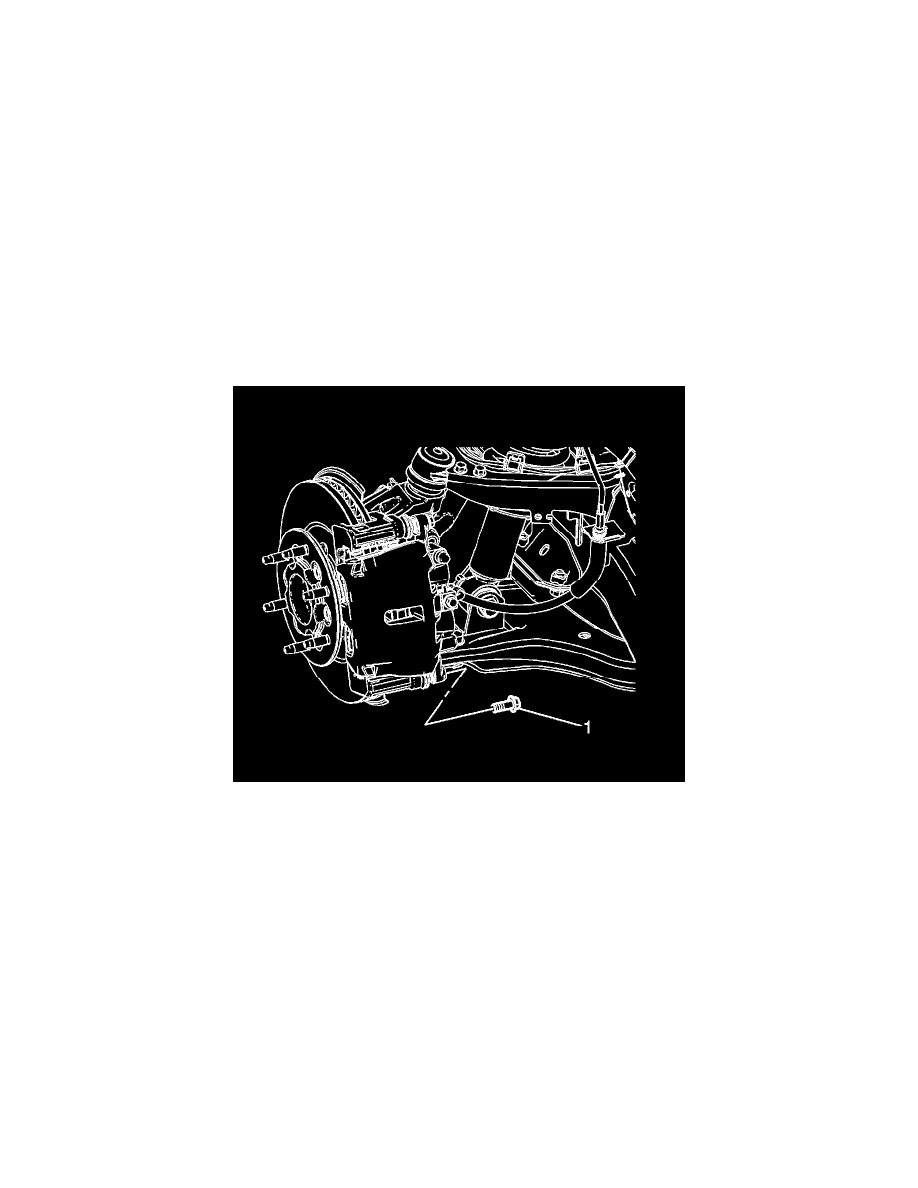Colorado 4WD V8-5.3L (2010)

Brake Pad: Service and Repair
Disc Brake Pads Replacement
Disc Brake Pads Replacement
Removal Procedure
Warning: Refer to Brake Dust Warning (See: Service Precautions/Technician Safety Information/Brake Dust Warning).
1. Inspect the fluid level in the master cylinder reservoir.
2. If the brake fluid is midway between the maximum full point and the minimum allowable level, no brake fluid needs to be removed from the
reservoir before proceeding.
3. If the brake fluid is higher than midway between the maximum full point and the minimum allowable level, remove brake fluid to the midway
point before proceeding.
4. Raise and support the vehicle. Refer to Lifting and Jacking the Vehicle (See: Maintenance/Vehicle Lifting/Description and Operation).
5. Remove the tire and wheel assembly. Refer to Tire and Wheel Removal and Installation (See: Maintenance/Wheels and Tires/Service and Repair
).
6. Install a large C-clamp over the body of the brake caliper with the C-clamp ends against the rear of the caliper body and against the outboard brake
pad.
7. Tighten the C-clamp evenly until the caliper pistons are compressed into the caliper bore.
8. Remove the lower brake caliper guide pin bolt (1).
Caution: Support the brake caliper with heavy mechanic wire, or equivalent, whenever it is separated from its mount and the hydraulic flexible
brake hose is still connected. Failure to support the caliper in this manner will cause the flexible brake hose to bear the weight of the caliper, which
may cause damage to the brake hose and in turn may cause a brake fluid leak.
